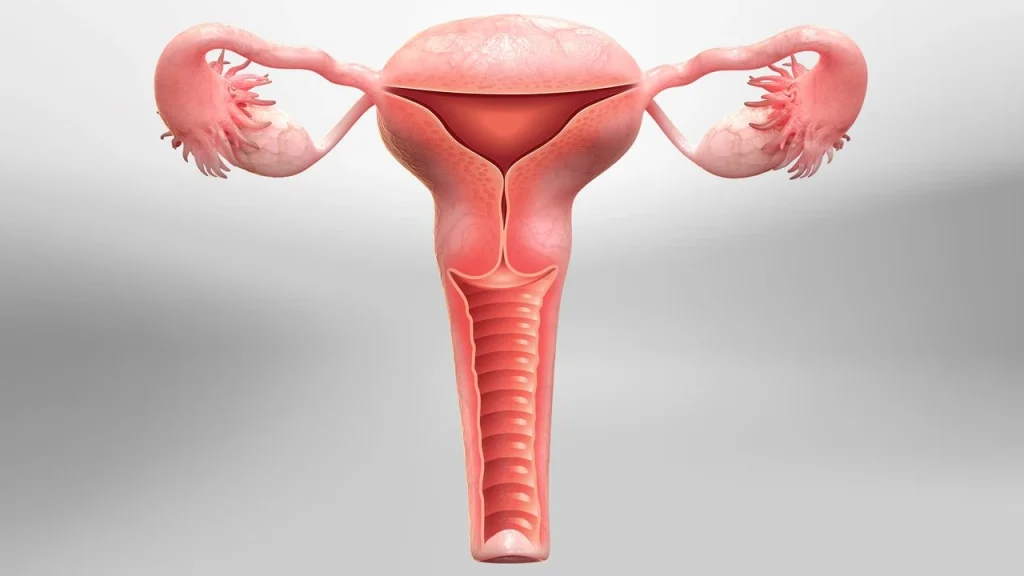This guide is created to provide clear, comprehensive, and factual information. Our goal is to empower patients and their families with knowledge. This allows for informed discussions with the healthcare team and confident decision-making.
A hysterectomy is the surgical removal of the uterus, the organ where a fetus grows during pregnancy. After this surgery, a woman will no longer have menstrual periods. She also will not be able to become pregnant. This is a permanent outcome.
In India, this procedure is one of the most common non-obstetric surgeries for women. It is performed to treat a range of serious medical conditions that do not respond to other treatments. These conditions causes chronic pain, heavy bleeding, and a lower quality of life. In some cases, such as with certain cancers, a hysterectomy is a necessary, life-saving measure.
This article will explain the female reproductive system. It will detail the medical reasons a hysterectomy might be necessary. We will describe the different types of hysterectomy and the surgical methods used to perform them. We will also provide a step-by-step guide on what to expect before, during, and after the surgery. This includes the recovery process and long-term health considerations. We aim to answer common questions with direct and honest information. Our commitment is to patient health and well-being through education and expert care.
Why a Hysterectomy is Recommended
To understand the need for a hysterectomy, it is helpful to first understand the female pelvic organs. The uterus is a pear-shaped, muscular organ in the pelvis. It is connected to the fallopian tubes, which carry eggs from the ovaries. The ovaries produce eggs and female hormones. The lower part of the uterus is the cervix, which opens into the vagina.
A hysterectomy is never the first option for treatment, except in cases of cancer or life-threatening emergencies. Doctors explore all other medical and conservative management options first. The decision to proceed with surgery is made only when other treatments have failed to provide relief or are not appropriate for the condition.

Primary medical conditions that require a hysterectomy:
1. Uterine Fibroids (Leiomyomas)
Uterine fibroids are muscular growths that develop in the wall of the uterus. They are almost always non-cancerous. Fibroids ranges in size from very small, like a seed, to very large, like a grapefruit. Many women with fibroids have no symptoms. However, for others, fibroids causes significant problems.
2. Endometriosis
Endometriosis is a painful disorder. In this condition, tissue similar to the lining inside the uterus, called the endometrium, grows outside the uterus. This tissue grows on the ovaries, fallopian tubes, and the tissue lining the pelvis. With each menstrual cycle, this misplaced tissue thickens, breaks down, and bleeds. Because this blood has no way to exit the body, it becomes trapped. This leads to irritation, scar formation (adhesions), and severe pain.
3. Adenomyosis
Adenomyosis is a condition where the endometrial tissue, which normally lines the uterus, exists within and grows into the muscular wall of the uterus. This causes the uterine wall to thicken. It is sometimes called “internal endometriosis.” The cause of adenomyosis is not known, but it typically disappears after menopause.
4. Uterine Prolapse
Uterine prolapse occurs when the pelvic floor muscles and ligaments stretch and weaken. This provides inadequate support for the uterus. As a result, the uterus slips down into or protrudes out of the vagina. This condition is more common in women who have had multiple vaginal births, are postmenopausal, or have chronic conditions that increase pressure in the abdomen, like a chronic cough or obesity.
5. Abnormal Uterine Bleeding (AUB)
Abnormal uterine bleeding refers to any heavy or unusual bleeding from the uterus. This includes bleeding between periods, bleeding after intercourse, and extremely heavy menstrual bleeding (menorrhagia) that disrupts a woman’s life. AUB can be caused by many factors, including hormonal imbalances, fibroids, polyps, or adenomyosis.
6. Gynecologic Cancer
A hysterectomy is a primary treatment for several types of cancer affecting the female reproductive organs. In these situations, the surgery is not optional; it is a critical, life-saving intervention.
7. Chronic Pelvic Pain
In some cases, a woman may experience severe, chronic pelvic pain where the exact cause is difficult to identify, even after thorough investigation. When all other potential causes have been ruled out and multiple treatments have failed to provide relief, a hysterectomy might be considered as a last resort. The decision is made carefully after extensive discussion between the patient and the medical team, as there is no guarantee that removing the uterus will resolve the pain if its source is not the uterus itself.
Key Takeaway
A hysterectomy is a significant surgical procedure recommended for severe conditions when conservative treatments are ineffective. While it is a critical, life-saving intervention for gynecologic cancers, it is also performed to resolve debilitating issues like large uterine fibroids, severe endometriosis, uterine prolapse, and uncontrollable abnormal bleeding. The decision is made to alleviate chronic symptoms and ultimately restore a patient’s quality of life.
